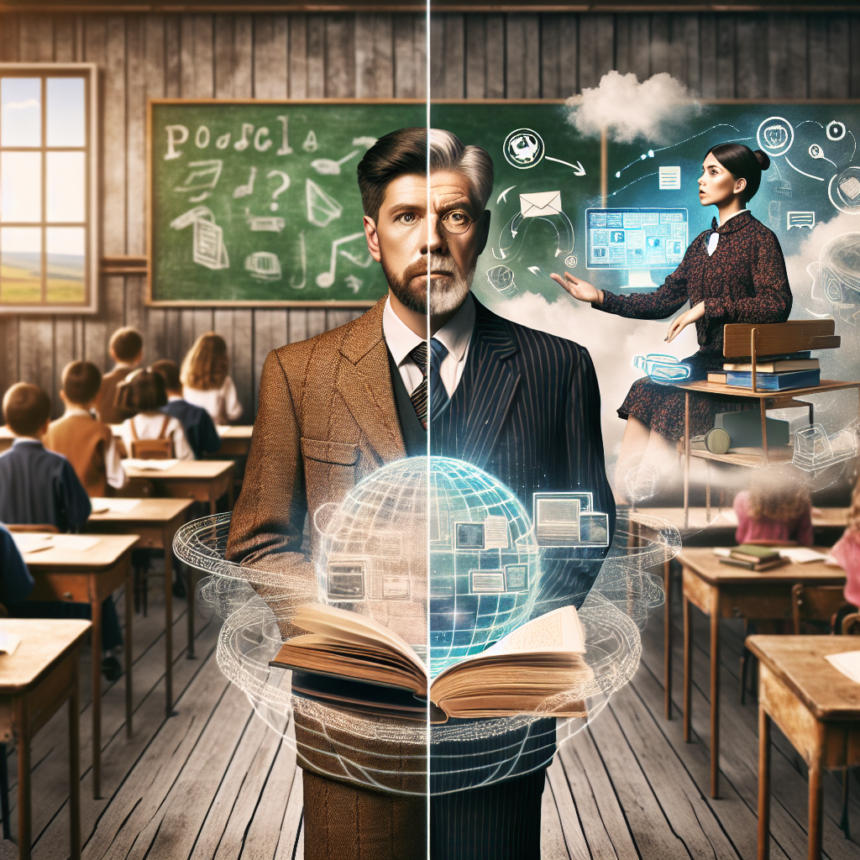Transforming Classrooms: How E-Learning Technology is Redefining Education
In an era characterized by rapid technological advancements, traditional education systems are being challenged and redefined. E-learning technology stands at the forefront of this transformation, offering innovative solutions to ancient pedagogical dilemmas. With online courses, virtual classrooms, and interactive learning environments, e-learning is redefining how knowledge is acquired, students interact with each other, and educators teach.
Accessibility and Inclusivity
One of the most significant advantages of e-learning is its ability to make education more accessible. Students from various geographical locations, socio-economic backgrounds, and those with disabilities can benefit from online courses. Online platforms often provide resources in multiple languages, allowing students from around the world to engage in learning without the constraints of a physical classroom.
For example, a student in a rural area can access the same quality of education as someone in an urban setting, bridging gaps that traditional educational systems have struggled to close. Additionally, e-learning can cater to different learning styles, offering visual, auditory, or kinesthetic learning resources. This flexibility is essential in fostering an inclusive educational environment that caters to diverse student needs.
Personalized Learning Experience
E-learning technology promotes personalization, enabling students to learn at their own pace. This is particularly beneficial for those who might struggle to keep up with the traditional classroom pace. Online platforms frequently feature adaptive learning algorithms that adjust content based on a student’s progress and understanding, offering practice quizzes, instructional videos, and tailored resources to enhance learning.
Moreover, personalized learning fosters independence and accountability, preparing students for real-world challenges. They learn to take charge of their education, setting individual goals and mastering topics before moving to the next phase of learning.
Interactive Learning and Engagement
Engagement is crucial for effective learning, and e-learning technology provides various interactive tools to capture students’ attention. Technologies such as gamification, virtual reality (VR), and augmented reality (AR) create immersive learning experiences that make education enjoyable and relevant.
For instance, gamification incorporates game elements such as points, badges, and leaderboards within education, encouraging students to participate actively. Meanwhile, VR and AR technologies allow learners to visualize complex concepts, such as anatomical structures in biology or historical events, helping to cement their understanding in a way textbooks alone cannot.
Fostering Collaboration
E-learning technology also redefines collaboration among students and between students and teachers. Online discussion boards, group projects, and collaborative tools such as Google Docs facilitate real-time interaction and teamwork, echoing the collaborative nature of many workplaces.
These digital platforms allow students to work together regardless of physical location, sharing ideas and perspectives that enrich the learning experience. Moreover, educators can harness tools like video conferencing for real-time feedback and discussions, replicating the in-person classroom experience.
Preparation for the Future Workforce
As the workforce becomes increasingly tech-savvy, e-learning technology equips students with essential digital skills. Familiarity with online learning platforms, collaboration tools, and communication software prepares students for future job demands. Moreover, many e-learning courses focus on emerging skills such as coding, data analysis, and digital marketing, ensuring students are workforce-ready.
Challenges and Considerations
Despite its benefits, the transition to e-learning is not without challenges. Issues such as digital divide, screen fatigue, and lack of face-to-face interaction can hinder the effectiveness of online learning. Additionally, educators must adapt their teaching methods to integrate technology effectively, a task that may require professional development and training.
Conclusion
E-learning technology is not just a temporary fix; it represents a profound shift in education that empowers students and educators alike. By enhancing accessibility, personalizing learning experiences, fostering collaboration, and equipping students for modern workplaces, e-learning is redefining the future of education. As schools and institutions continue to embrace these changes, the possibilities for innovation and improvement in educational outcomes are limitless.
FAQs
Q1: What is e-learning?
A1: E-learning, or electronic learning, refers to the use of internet technologies to deliver educational curriculum outside of a traditional classroom setting.
Q2: How does e-learning make education more accessible?
A2: E-learning provides flexibility in terms of location and time, allowing students from various backgrounds, including those with disabilities or living in remote areas, to access quality resources and education.
Q3: Are e-learning platforms effective for all learners?
A3: While e-learning is beneficial for many, its effectiveness can vary based on individual learning styles. It is most effective when personalized learning paths are implemented.
Q4: What tools help facilitate collaboration in e-learning?
A4: Common tools include discussion forums, video conferencing platforms, and collaborative documents, which allow students to engage with peers and teachers in real time.
Q5: What challenges does e-learning face?
A5: Some challenges include the digital divide, screen fatigue, lack of direct interaction, and the need for educators to adopt new teaching methodologies and technologies effectively.










